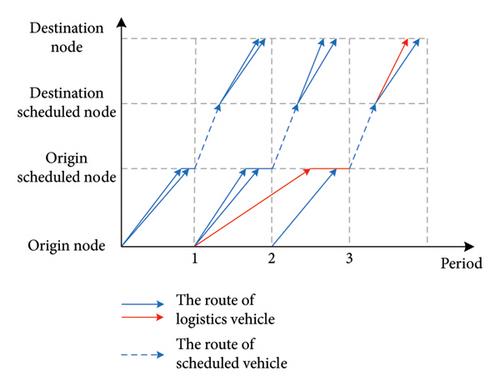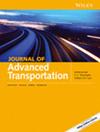Two-Echelon Pickup and Delivery Problem Using Public Transport in City Logistics
Abstract
The rapid increase in e-commerce and the emergence of combined passenger/freight systems in urban areas have raised the question of how best to integrate public transport services into door-to-door deliveries. This paper develops a variant of the pickup and delivery problem, called the two-echelon pickup and delivery problem using public transport (2E-PDP-PT). In the 2E-PDP-PT, the transportation network is split into two echelons. Different vehicles are utilized across the first and second echelons to ensure distribution efficiency. Parcels are delivered by public transport with free capacity or via trucks between satellites in the first echelon, and logistics vehicles are operated in the second echelon. The satellites are located at the echelon borders to transfer commodities between echelons. The 2E-PDP-PT aims to minimize total delivery costs and improve public transport capacity utilization. We formulate a new mathematical model based on a space-time network and adopt an adaptive large neighborhood search (ALNS) algorithm for the 2E-PDP-PT. The effectiveness of the ALNS algorithm is validated using newly generated small-scale instances. Furthermore, we investigate large-scale instances based on the Beijing Yizhuang transportation network. The computations show that an average total delivery cost savings of 4.5% is feasible. In addition, we analyze the impact of demand distributions and compare the ALNS algorithm and the LNS algorithm. Finally, we conclude that dynamically integrating public transport into freight transport services can benefit both logistics companies and public transport operators.


 求助内容:
求助内容: 应助结果提醒方式:
应助结果提醒方式:


